1966 Porsche Carrera 6
Case study in archaeological restoration
BY: MILES C. COLLIER
PHOTOS: PETER HARHOLDT, REVS INSTITUTE, IMAGO
I’ve had my 1966 Porsche Carrera 6 (906-125) in restoration for the last four or five years. It’s hard to remember such things across a gulf of time so fantastic. But, as inevitably as the Himalayas will finally erode into foothills, restoration projects ultimately come to completion. And so it is with 906-125.
The car is a half-century-old, miraculously preserved competition machine, a rare survivor from a specialized and restricted area of human activity, motor racing. While a physical remnant from a bygone time, 906-125 is itself inert. It requires the intervention of people in the present to give the car its voice. Often that voice is recreated through acts of resurrection and restoration. When I restore a tired, old car, it is my avowed intent to alter the past as little as possible but, in actuality, the restoration process always transforms, even destroys, the past. The disparity between “what was” when compared to the deteriorated state of “what has been left to us” by time and wear and other restorers compels us to intervene in the present, to re-present the past as we perceive it and as we interpret it. And once we pick up tools to remediate the damage and losses to the artifact, we inevitably find ourselves not so much saving the past but refashioning it anew.
For material relics like the Carrera 6, choices must be made between authenticity of material or authenticity of form; of original manufacturer’s intent or subsequent development and adaptation; of pristine newness or evocative patina, wear, and decay. Historical truth is something flickering, ungraspable, mutable. We are firmly in the realm of fiction.
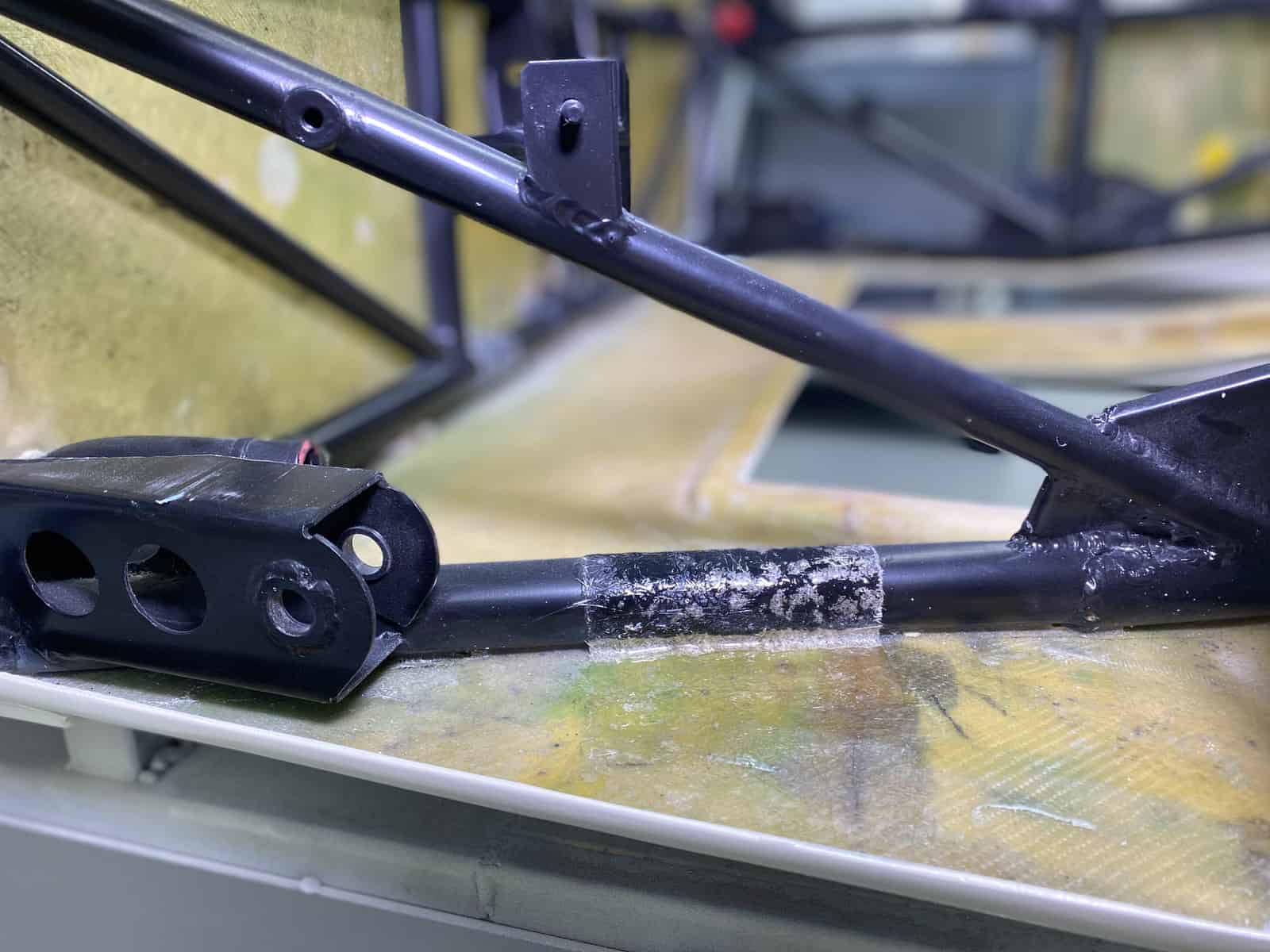
With this restoration, rather than trying for a presentation of 906-125 in its “as new” configuration, we elected to restore it as of a more interesting moment in time, the 1968 Nürburgring 1000Km World Sportscar Championship race. Selecting a time two years after its competition career in Finland had begun is a challenging ambition. By then the car had had two years of racing under its belt, which was quite long enough for unknown racing damage and hasty repairs to alter details, for countless unique ad hoc modifications to be tried in the team’s quest for speed, and finally, for the accumulation of the inevitable wear and tear from its hard use.

The 906-125 has graced my collection since the early 1980s. Until now, it had been the only restored Porsche that hadn’t been reconditioned under our team’s direction. It survived as I bought it all these years because, while it had achieved no great distinction during its racing life, it was remarkably original and complete as restored. It had never been crashed hard, and, further, the so-so restoration had been done so long ago that virtually every replacement component needed for that job had still been available from the Porsche dealer.
I decided to re-restore 906-125 after a Porsche Rennsport Reunion weekend at Laguna Seca some years ago. The long-suffering 906 had been scuffed on the side by a competitor overcome by the “red mist.” And just so we’d know the hit wasn’t an accident, a minute or two later, the same driver then hit the 906’s other side. Fortunately, no major damage was done aside from bending one of the unique-to-the-906, steel/aluminum rear wheels.

Kevin Ryan, a top-notch Porsche fiberglass technician, was tapped to remove the fiberglass skins from the tube frame, repair, and reattach them. Old crash repairs of decades gone by also needed attention, as did the rough and ready modifications to so many of the fiberglass panels that well-used racing cars are subject.
Here’s an example. Carrera 6 automobiles are built from very lightweight materials employed to create the lightest possible structure. The 906 uses cardboard-thin, molded fiberglass panels bonded to a small diameter tube frame chassis. So thin are these skins that a flashlight beam can be seen through the body. Over time, the flimsy fiberglass begins to develop waves and distortion from heat and stress. Panel gaps become uneven and once smoothly faired surfaces exhibit waves and distortion. Such is very much the case with 906-125. While the body’s restored paint finish is now new, the waviness and variable panel gaps speak to years of exposure to engine heat, operational stress, and the environment. With normal wear and tear from future operation in its newly restored state, stone chips, rubber streaks, and stress cracking will quickly appear. In short order, new patina will reprise the look of a two-year-old racing car. This is not the past per se, but an evocation of that lost past, the fictional recalling in an authentic way of a wholly vanished and unrecoverable time.
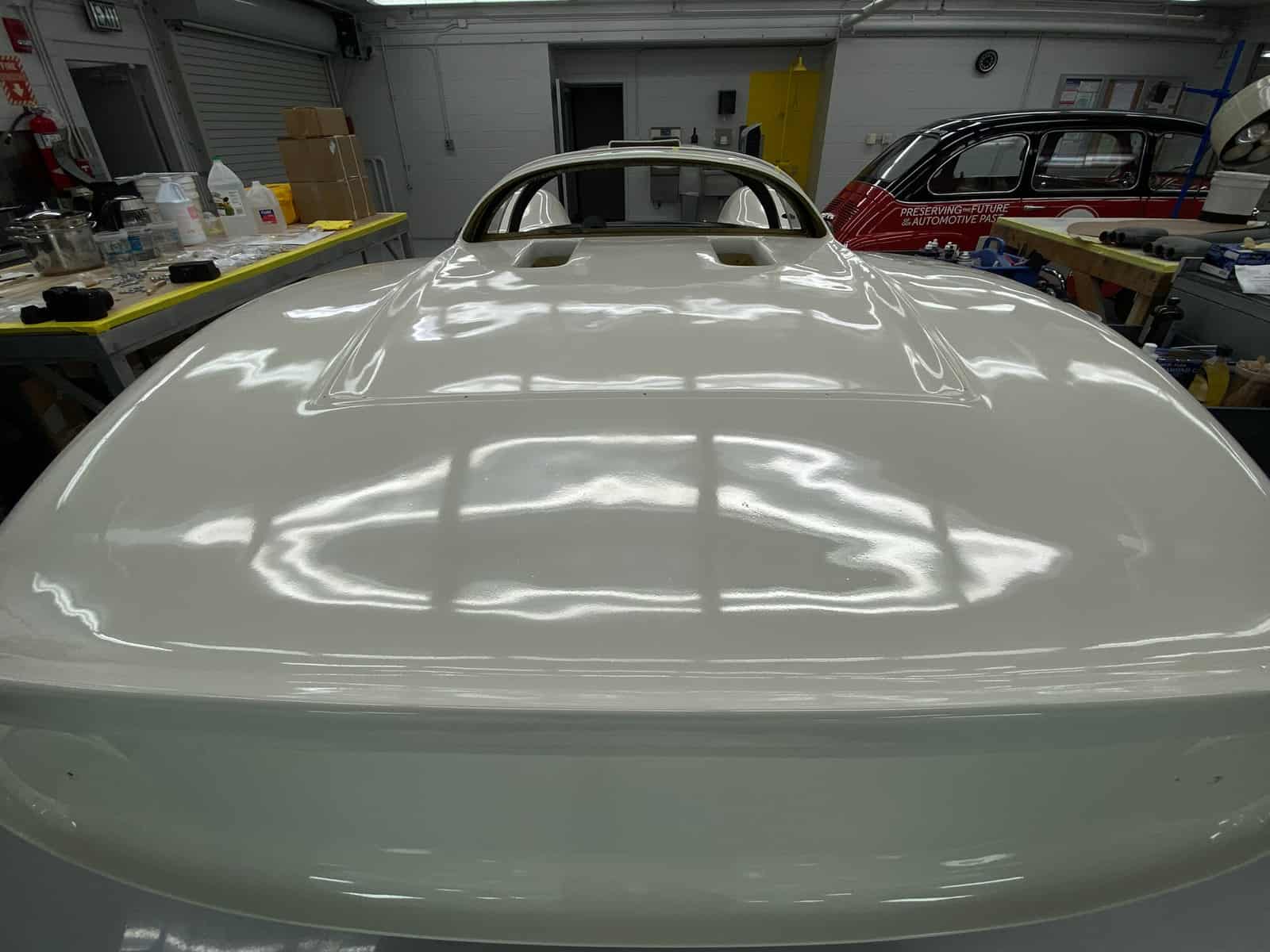
Selecting a moment from the car’s life as a competition tool requires detailed photographs from that very point in time. As my Carrera 6 was merely a supporting character rather than a star at the Nürburgring event, it wasn’t documented except by chance. And what images were found, all showed the car, not in valuable close-up detail, but on track at speed. Furthermore, despite fifty Carrera 6s having been constructed in 1966, archival research shows that the period photographic record of up-close, detailed images of the model is surprisingly meager and often conflicting. Once again, most are three-quarter front or side views, images that work well for motorsports magazines, but poorly for restoration research decades on. And finally, as we know from many such projects, even with the most complete period photographs available, there is the pure, plain, and simple impossibility of recreating the past as we will see below.
Particularity, the individualistic nature of an industrial product increases over time and use. While Carrera 6s were made from standardized components to a uniform design, they were built by hand and show a myriad of minor differences even when brand-new cars are compared. After two years of intensive racing with the inevitable repairs, modifications, and damage, 906-125 is a unique archive of its racing experiences. Preserving what we can identify of the car’s individuality from time and use is the very heart of the archaeological restoration and the central goal of our team’s efforts.
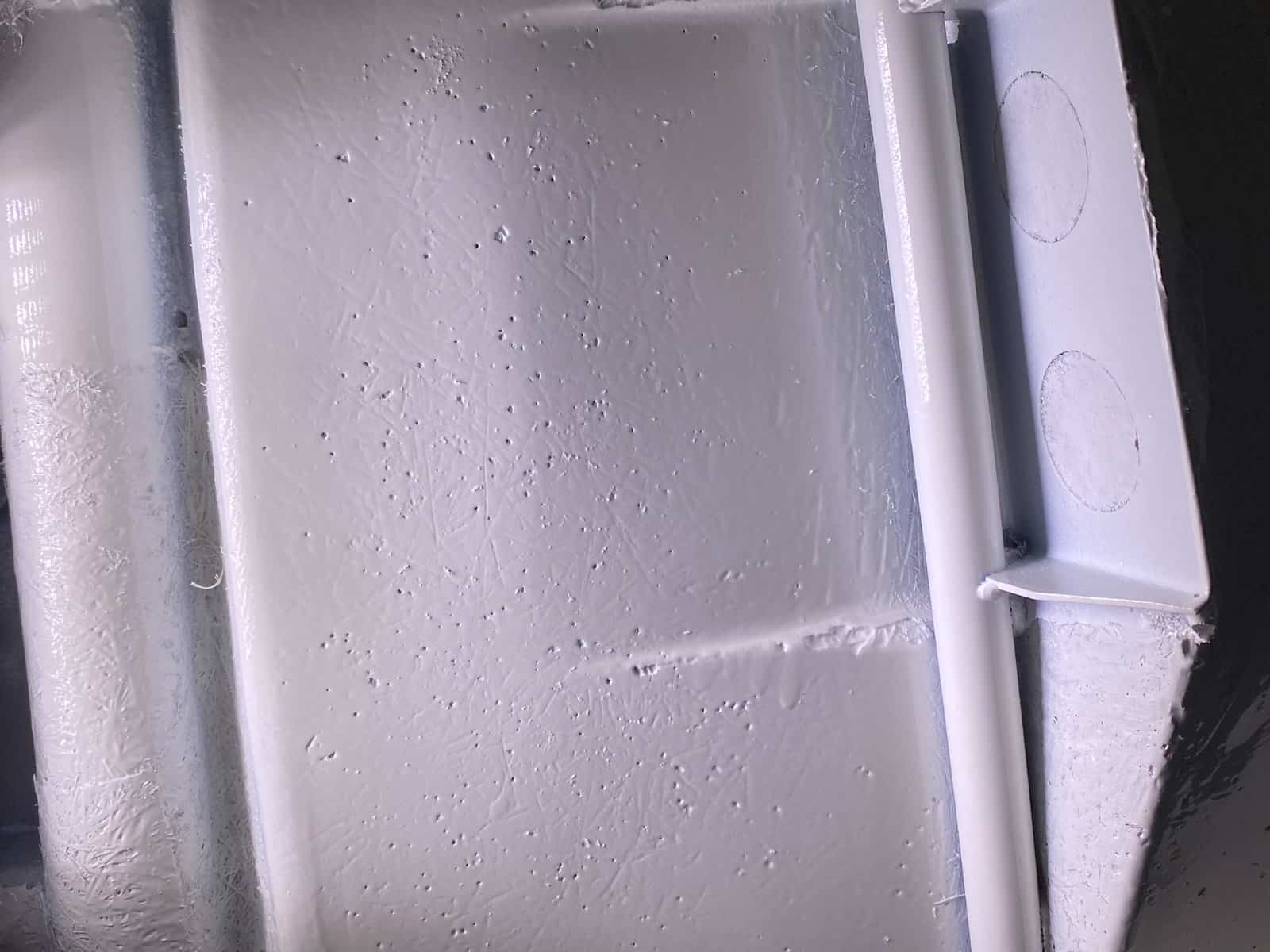

Here’s an example: the bottom of the car’s aluminum side pod skins shows evidence of off-track excursions. Longitudinal gouges and scoring from rocks and other debris mar the once pristine aluminum sheet metal. This damage was minor, but it marks one or more incidents in the past that, absent finding someone who remembers, is wholly lost to us. Indeed, this incident may even have happened at the 1968 Nürburgring 1000Km, as photographs taken during the race show fresh damage to 906-125’s right front aluminum dive plane. Our restoration decision was to repaint the side pods but leave the scoring in the aluminum. The reality of minor damage from off-course excursions is now preserved. Painting it over places that damage sometime in the past before the 1000Km event. Is this true? Who can say? And, it bears repeating, that is why any restoration is necessarily speculative, fictitious, conjectural.
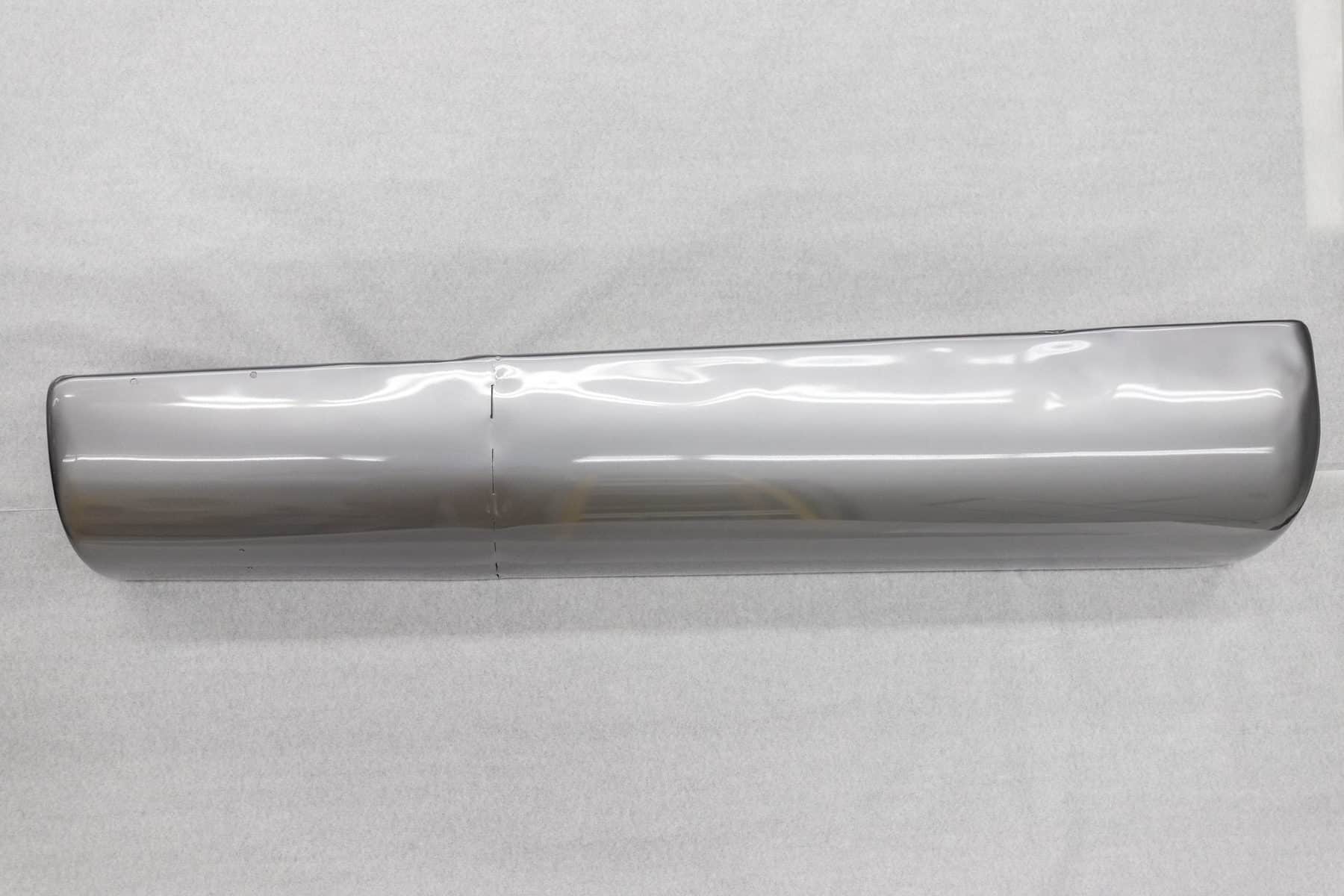
Much time has been spent applying our archaeological imagination to 906-125. I refer to the process of imagining ourselves in the place of the people assembling or operating or repairing the car fifty-plus years ago. The Carrera 6, for example, was sold as a customer racing car just like its previous sibling, the 904. Unlike the 904 and all earlier Porsche Spyder racing sports cars, the radically styled Carrera 6 could not be road licensed in Germany. Historically, creating road-going versions of competition cars for sale to non-racers was a convenient way for Porsche to dispose of excess inventory. Fortunately, the required production run as a Group 4 sports car under new 1966 regulations only required a fifty-car production run, half that of the 904 in 1964. Happily, Porsche discovered they had racing customers for all of the fifty planned Carrera 6 cars, so attempting a street-licensable version was unnecessary.
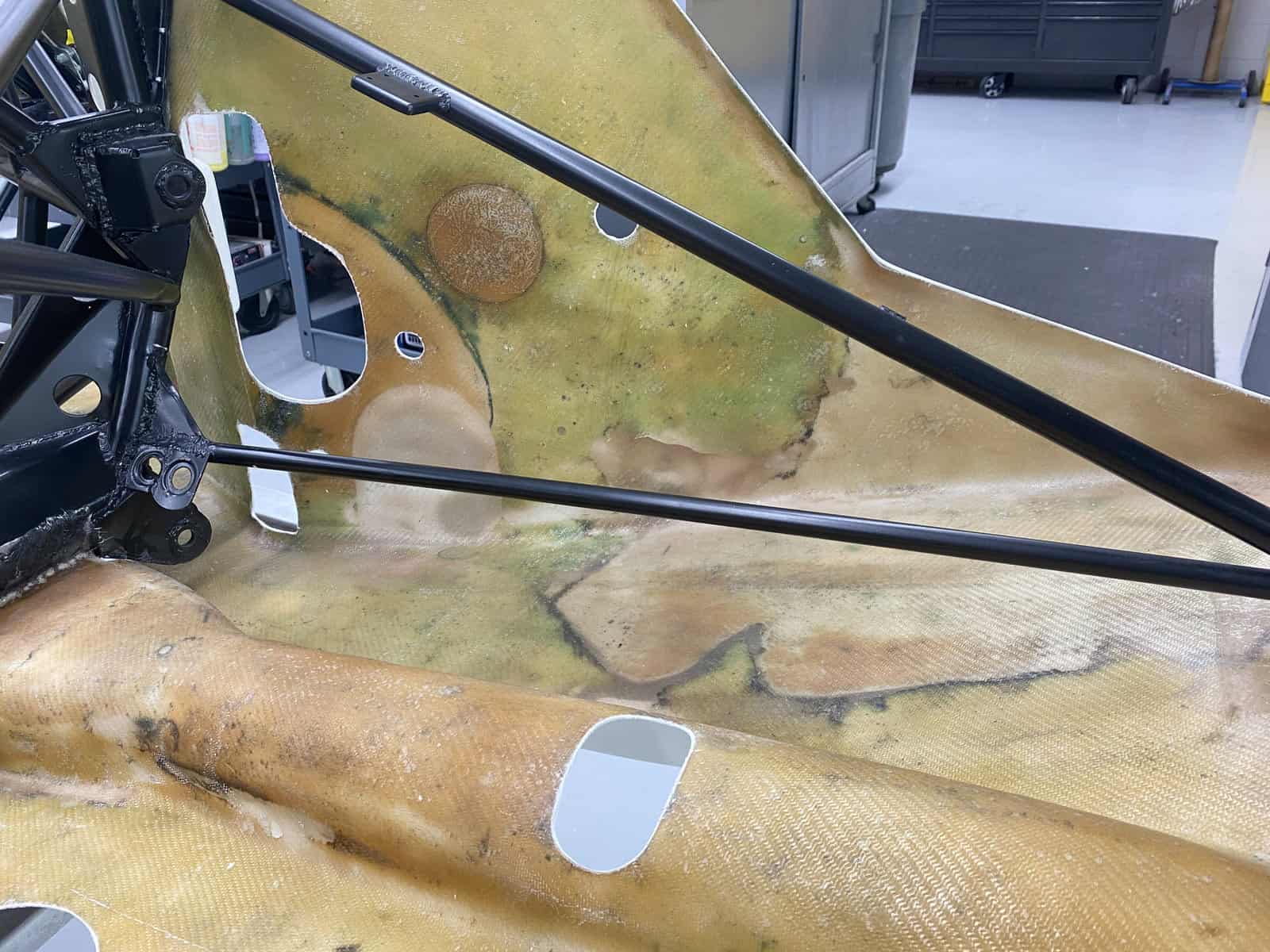
Given their distinctly hazardous futures, the Carrera 6s were no better finished than they had to be, though some cosmetic niceties were incorporated in the design such as a white gelcoat finished belly pan and inner rear wheel panels. Nevertheless, detailed close-up photographs of new cars in period show a significant amount of “fish-eyes” and porosity pits in the cars’ finishes. Clearly, our archaeological imagination tells us that while Porsche’s well-known “rough and ready” race shop finishing techniques were in play, there was some minor tension, perhaps from the sales department, to make these very expensive competition cars cosmetically attractive. Hence the use of heavier gel-coated panels that were never used in subsequent Porsche racing prototypes, which were intended for the factory team itself.
David Lowenthal in his book The Past is a Foreign Country – Revisited sums up the conundrum of restoration: “All these efforts to save and salvage things past … exhibit two conflicting traits. The first couples ardent attachment to how things actually were with faith in resuming it. The second is that goal’s utter hopelessness. It is impossible not only because the past is irrecoverable and unreproducible, but because we are not past, but present people with experience, knowledge, feelings and aims previously unknown.”
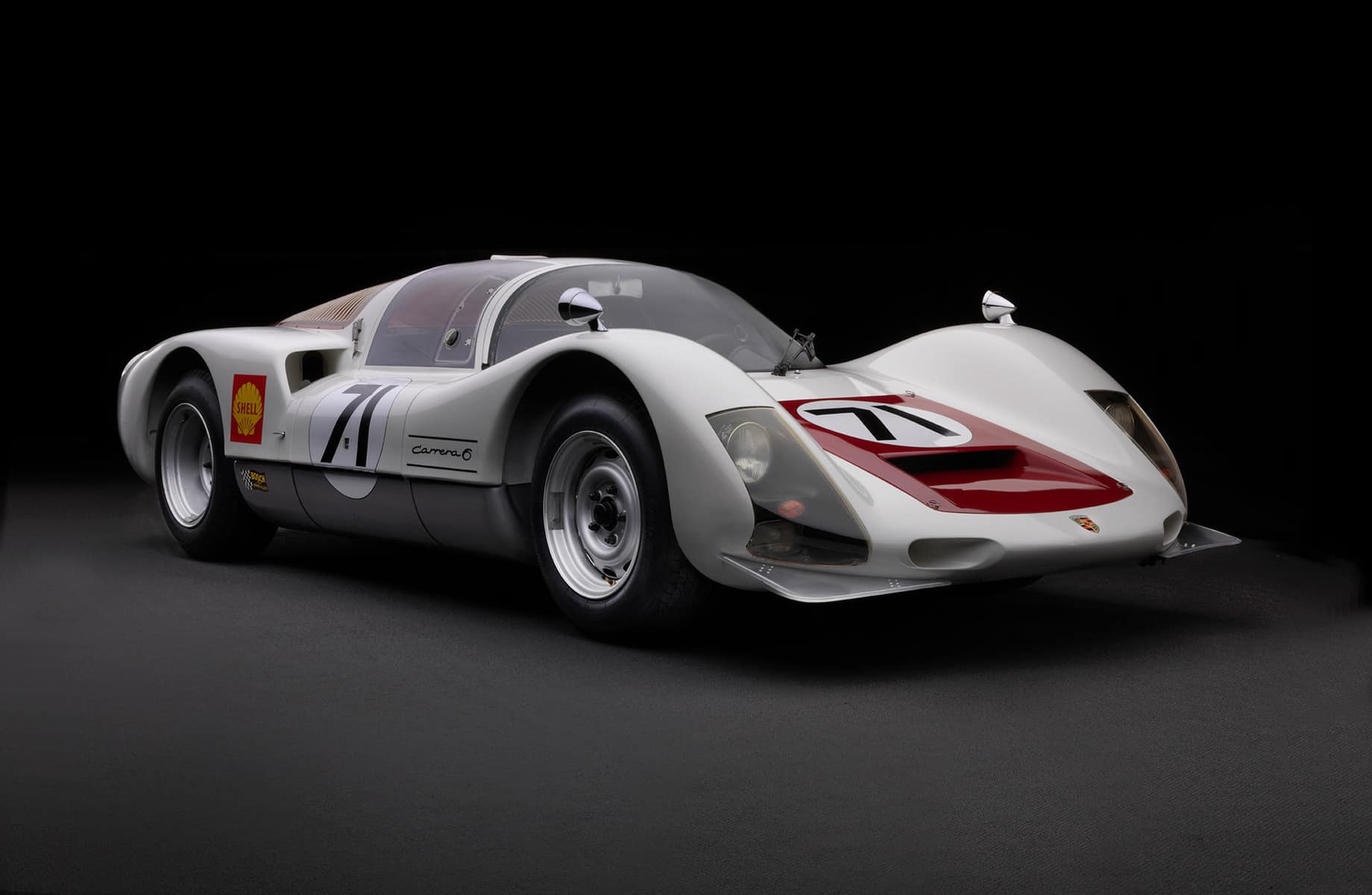

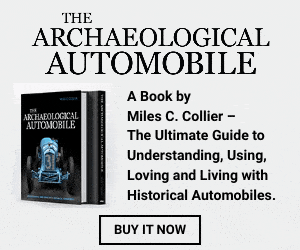


![alfa gtz perfectly imperfect webannerl[1]](https://automedia.revsinstitute.org/wp-content/uploads/2024/08/Alfa-GTZ-Perfectly-Imperfect-webannerl1-uai-1200x800.jpg)

